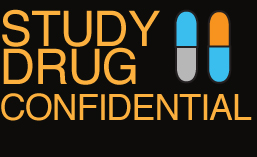Study drugs are readily available on campuses in North America today. In a 2010 undercover story for the Wisconsin Centre for Investigative Journalism, student journalists at University of Wisconsin found they could “score” Adderall in an average of 56 seconds after entering a library.
Just how many students are using study drugs is difficult to determine. Estimates range anywhere from 2% to 70% of students who say they have used prescription drugs for cognitive enhancement over their lifetimes. While it is almost impossible to track the amount of prescription drugs diverted for illicit use, the amount of amphetamine produced and purchased is certainly increasing in North America.
In terms of production, INCB data shows year-on-year increases in d-amphetamine production, with a dip in 2010, in line with shortages in most other pharmaceutical manufacturing.
In Canada, retail spending on prescription psychostimulants (adjusted for inflation) increased by 365% from 1998 to 2007. Quebec, the province where McGill University is located, led the country in spending increase: almost all of that change is attributable to more drugs being purchased — drug price actually dropped slightly during that same period.
Possibly more important than prevalence is the perception that study drugs are being used widely and often. Feelings of frustration, jealousy, embarrassment, and depression can quickly bubble to the surface when a drug is tied to accomplishment. Achieving one’s educational goals is, for most students, synonymous with self-worth.
Once school is over, that pressure does not end.
The Millennial generation is entering a workforce with a high level of youth unemployment, competing for fewer full-time positions against the same students who were willing to sacrifice health and well-being to reach deadlines.
ETHICAL DILEMMAS: “everyone here is an overachiever.” | health risks vs. potential benefits | an unfair advantage? | now entering your Adderall state
THE SUPPLY CHAIN: supply&demand | a balancing act | preventive tweets
